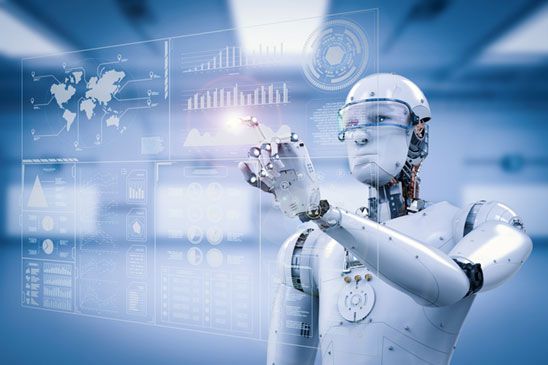The impact of robotics and automation on the workforce is a topic of much debate. While some argue that these technologies will create new job opportunities, others are concerned about the potential for job displacement. The reality is that the effects of robotics and automation on the workforce are complex and multifaceted.
One of the most significant effects of robotics and automation on the workforce is the potential for job displacement. As these technologies become more advanced, they can perform tasks that were previously done by humans. This can lead to job losses in industries such as manufacturing, transportation, and retail. However, it’s important to note that not all jobs are at risk. Jobs that require creativity, problem-solving, and emotional intelligence are less likely to be automated.
Another effect of robotics and automation on the workforce is the need for new skills. As jobs become automated, workers will need to acquire new skills to remain competitive in the job market. This means that there will be a growing demand for workers with skills in areas such as programming, data analysis, and robotics maintenance. The challenge is to ensure that workers have access to the training and education they need to acquire these skills.
The rise of robotics and automation also has the potential to create new job opportunities. For example, the development and maintenance of these technologies require a highly skilled workforce. There will also be an increased demand for workers in industries such as healthcare, where robots and automation can assist with patient care.
Another potential impact of robotics and automation on the workforce is the changing nature of work. As more tasks become automated, the nature of work will shift towards tasks that require creativity, problem-solving, and emotional intelligence. This means that workers will need to be more adaptable and flexible in their approach to work. The rise of remote work and the gig economy is also likely to continue, as more tasks become automated and workers seek greater flexibility in their work arrangements.
In conclusion, the impact of robotics and automation on the workforce is complex and multifaceted. While these technologies have the potential to create new job opportunities and increase productivity, they also have the potential to displace workers and change the nature of work. It’s important for policymakers and business leaders to take these impacts into account and work to ensure that workers have access to the training and education they need to remain competitive in the job market. The future of work is likely to be shaped by the ongoing development of robotics and automation, and it’s up to us to ensure that this transformation is equitable and inclusive for all workers.



